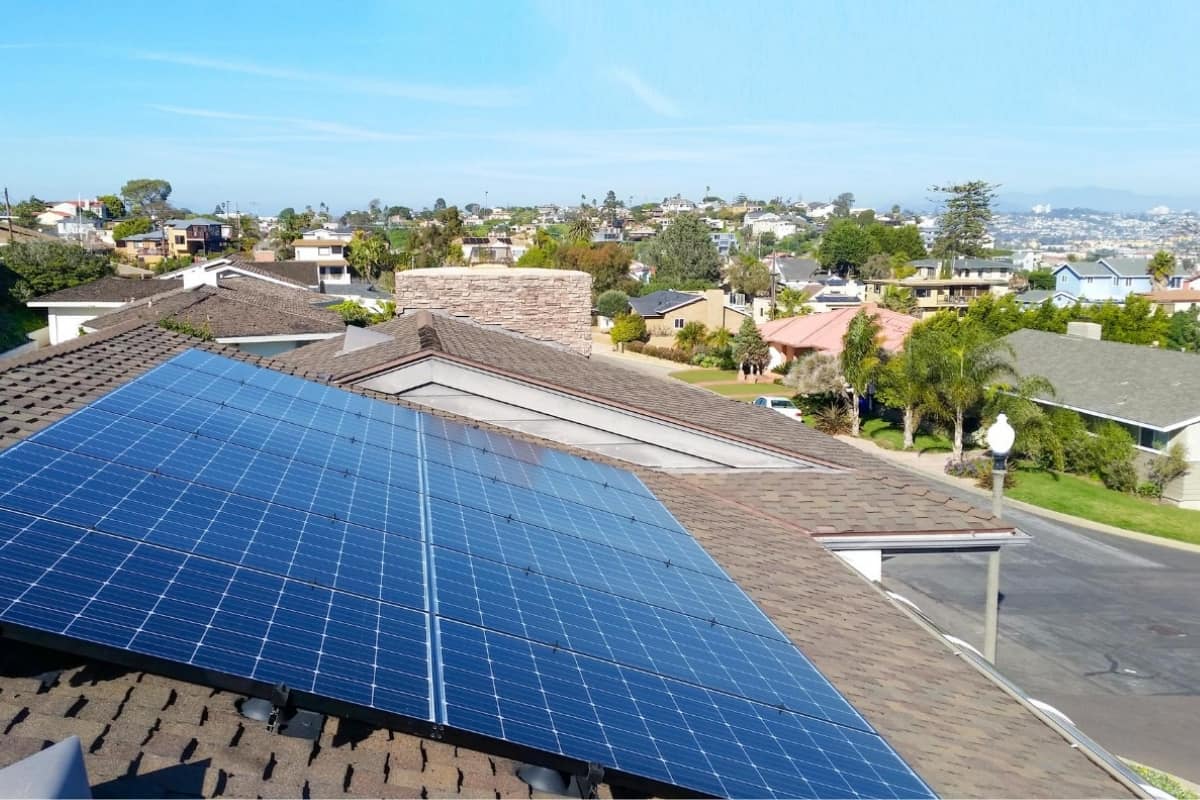ITC 26% 2021-2022: Solar Investment Tax Credit Extended for 2021



Solar energy has sparked a revolution in clean energy production in recent years, but expiring tax incentives threatened to bring the movement to a screeching halt. Now, amid government efforts to jumpstart a pandemic-stricken economy and ease financial burdens, the federal Investment Tax Credit for solar energy is enjoying a new lease on life.
First enacted in 2006, the Investment Tax Credit (ITC) is a federal tax deduction intended to boost investment in renewable energy and make solar power more affordable.
A tax credit is a dollar-for-dollar reduction of the income tax you owe. For example, if you owe $1,000 in federal taxes but are eligible for a $1,000 tax credit, your net liability drops to zero.
Thus, the ITC may be one of the most important pieces of legislation for solar growth. This federal tax credit is given to those who install solar systems on residential homes and commercial buildings in hopes to encourage green energy that is beneficial to the economy while helping the environment. When you purchase a solar power system, you can claim a tax credit equal to the percentage of the cost of the project outlined by the program.
The ITC initially allowed homeowners to deduct 30% of the cost of their solar installation. As part of a planned phase-out, the credit was reduced to 26% in 2020. A step down to 22% was scheduled for 2021, with the credit expiring entirely for homeowners in 2022.
With the nation reeling from COVID-19 and the economic disruptions that followed, however, that phase-out plan quickly became untenable. As part of a broader effort to protect jobs and stimulate the economy, lawmakers in Congress included an extension of the Investment Tax Credit in a December relief bill.
Now because of the extension, the ITC for residential and commercial projects will stay at 26% for two more years. Meaning, residential and commercial projects that start construction in 2021 or 2022 will be eligible to receive the 26% tax credit.
Since the establishment of the ITC in 2005 the growth of solar has accelerated by more than 10,000%. The recent extension of the ITC will support the expansion of solar even further by giving homeowners and commercial property owners the opportunity to deduct 26% of the cost of installing solar from federal taxes.
For California residents, the two-year tax credit extension couldn't have come at a better time. Between raging wildfires, planned power outages and other disruptions, the state's electrical grid is seemingly under constant strain. Solar energy generation has already proven it can be part of the solution.
Residential solar systems help ease the burden on the electrical grid, reduce monthly utility costs and offer added peace of mind for weary residents. An extension of the 26% Investment Tax Credit means that you can save an extra four percent on any system you purchase in the next two years. That may not sound impressive, but it can easily add up to savings of $1,000 or more on new installations.
Best of all, the tax credit can also help offset the cost of solar batteries. By combining solar photovoltaic panels with a battery storage system, you can store surplus energy during peak production hours and tap into it whenever it's needed. This can help you optimize your energy consumption, avoid costly time-of-use rate changes and potentially even provide a degree of independence from the grid.
Solar energy is always a worthwhile investment, but the extension of the federal solar tax credit means there's no better time than now. Whether you're expanding, upgrading old equipment or installing a new solar-plus-storage system, you can put an extra four percent back in your pocket.